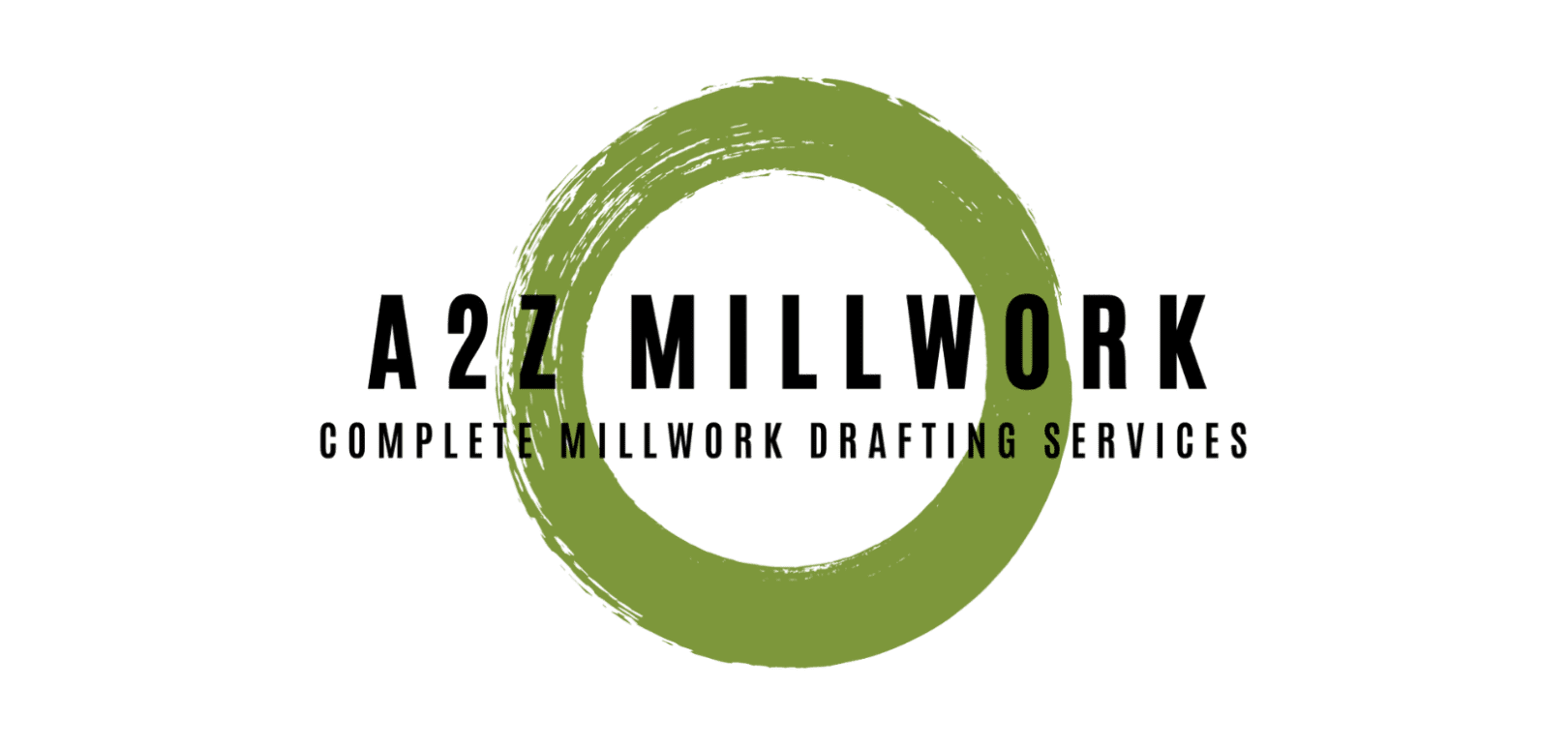In the dynamic landscape of the construction and interior design industry, millwork drafting services play a crucial role in the realization of intricate architectural and design projects. The decision to outsource these services or maintain them in-house is pivotal, especially in the USA market, where the balance between cost, quality, and efficiency is constantly scrutinized. This article delves into the advantages and disadvantages of both outsourcing and in-house millwork drafting, providing a comprehensive guide to help businesses make informed decisions.
Understanding Millwork Drafting Services
Millwork drafting involves creating detailed shop drawings for custom woodwork items such as cabinetry, molding, trim, and other wood fixtures. These drawings are essential for ensuring that the design specifications are met accurately and that the manufacturing process runs smoothly. High-quality millwork drafting can significantly enhance the precision and efficiency of production, leading to better project outcomes.
In-House Millwork Drafting
Advantages:
- Control and Communication: Having an in-house team allows for direct communication and immediate feedback. This control can lead to more accurate and timely revisions, aligning perfectly with the project’s needs.
- Integrated Workflow: In-house teams can seamlessly integrate with other departments, fostering collaboration and ensuring that all stakeholders are on the same page.
- Confidentiality: Sensitive project information is kept within the organization, reducing the risk of intellectual property theft or data breaches.
Disadvantages:
- High Costs: Maintaining an in-house drafting team can be expensive due to salaries, benefits, training, and equipment costs. These expenses can be a significant burden, especially for small to mid-sized companies.
- Resource Allocation: In-house teams may experience periods of underutilization during slow project phases, leading to inefficiencies and wasted resources.
- Limited Expertise: An in-house team might lack the diverse expertise and experience found in specialized drafting firms, potentially limiting innovation and the ability to tackle complex projects.
Outsourcing Millwork Drafting
Advantages:
- Cost Efficiency: Outsourcing can be more cost-effective as it eliminates the need for full-time salaries and benefits. Companies can pay for services only when needed, leading to better financial management.
- Access to Expertise: Specialized drafting firms often employ highly skilled professionals with diverse experience in various projects. This expertise can lead to higher quality and more innovative solutions.
- Scalability: Outsourcing provides flexibility to scale up or down based on project demands. This adaptability can be crucial for managing workloads efficiently without overextending resources.
- Focus on Core Activities: By outsourcing drafting services, companies can focus more on their core competencies and strategic initiatives, potentially driving business growth.
Disadvantages:
- Communication Challenges: Working with an external team can sometimes lead to communication gaps, which may result in misunderstandings and delays.
- Dependency: Relying on an external provider means that any issues on their end, such as staff turnover or operational problems, can directly impact your project timelines.
- Security Concerns: Sharing project details with an external firm can pose security risks. It’s essential to choose reputable outsourcing partners with strong confidentiality agreements and data protection measures.
Factors to Consider When Deciding
- Project Complexity and Volume: High-complexity projects with significant drafting needs may benefit more from the expertise available through outsourcing. Conversely, a steady stream of simpler projects might be handled effectively in-house.
- Budget Constraints: Companies with tight budgets might find outsourcing to be a more viable option, allowing them to access top-notch services without the ongoing overhead costs.
- Timeline and Flexibility: Evaluate the urgency and flexibility of your project timelines. Outsourcing firms often have the bandwidth to meet tight deadlines, thanks to their scalable resources.
- Confidentiality and Security: Consider the sensitivity of your project data. If confidentiality is paramount, ensure stringent security protocols are in place, whether the service is in-house or outsourced.
Conclusion
The decision to outsource millwork drafting services versus maintaining them in-house is complex and depends on various factors including cost, expertise, project volume, and confidentiality concerns. Both options have their unique advantages and challenges.
For businesses looking for a reliable outsourcing partner, A2ZMillwork Design LLC offers top-tier millwork drafting services across the USA and Canada. Our expertise in delivering precise and innovative drafting solutions can help you achieve your project goals efficiently and cost-effectively. With a commitment to quality and customer satisfaction, A2ZMillwork Design LLC is your trusted partner in millwork drafting.






